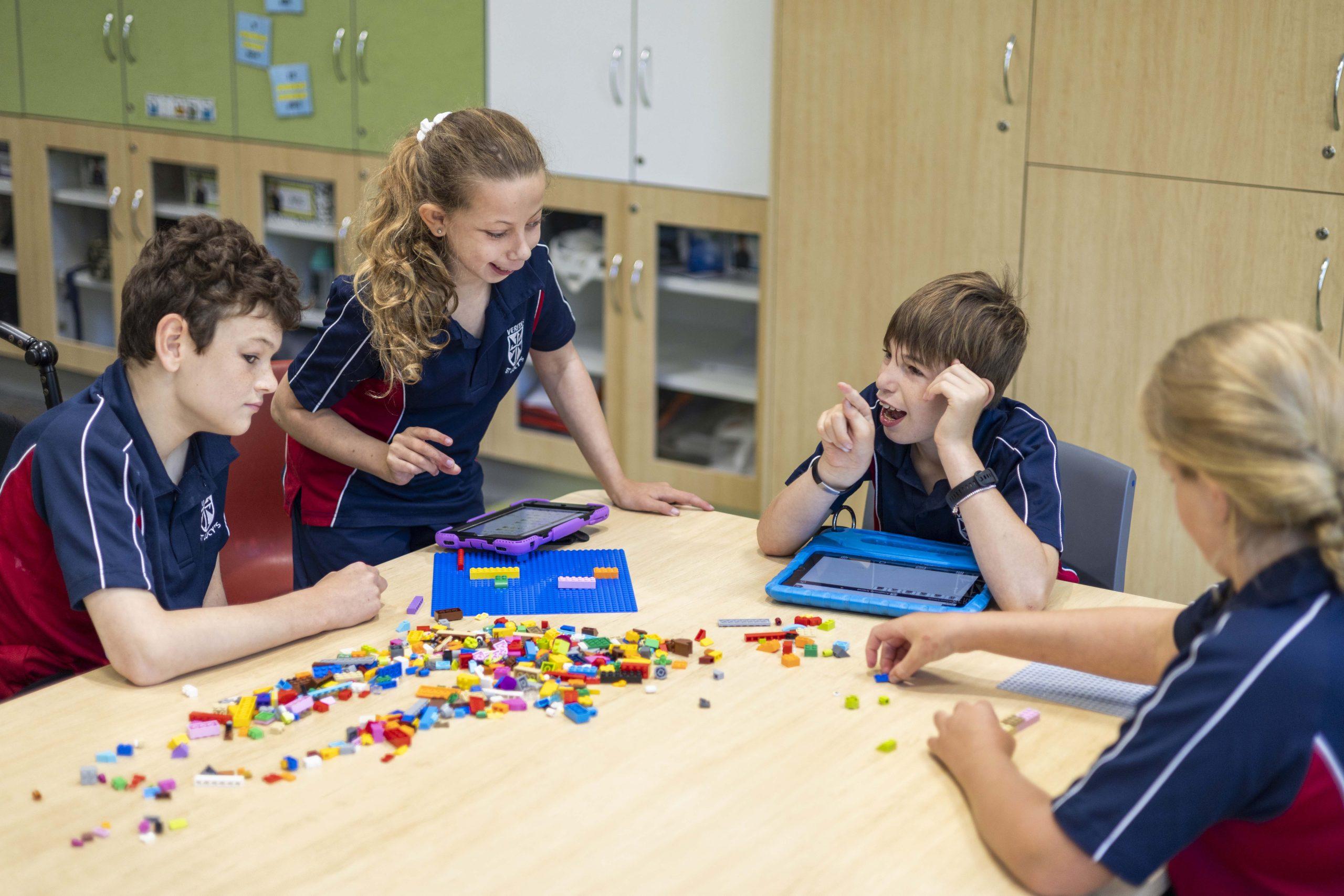Wouldn’t you love to be able to engage in an activity right now, that takes you to a place that is calming; makes you happy; feels safe; is predictable, and where no one judges you, allowing you to be you?
Winter-Messiers described special interests (SI’s) as ‘those passions that capture the mind, heart, time and attention of individuals with ASD (Autism Spectrum Disorder), providing the lens through which they view the world’. They can also give a child a way to control their environment and are predictable thus making them feel safe and secure.
Many of you may recognise your own child’s special interest, or interests immediately. Special interests can include having a hyper focus (or deep interest) on an obscure narrow topic or inanimate object such as skeletons or paint pots; listening or playing with something in a repetitive way such as lining up toys; repetitive scripting and/or acting out specific movie scenes; or intense preoccupations with a broad concept such as how to define the universe.
Special interests are also often misunderstood, and it can be hard to see your child, friend, or close relative so engrossed in an activity (and with a need to complete the activity) to the exclusion of all else. Sometimes they become highly dysregulated and distressed if they cannot have access to their special interest, or it is taken away. It is important to know that special interests are a central part of Autism Spectrum Disorder and are deeply important for the person with ASD.
In her article on the special interests in Autism, Emily Laber – Warren explains that historically, special interests were thought of in negative terms, as something that must be extinguished and a barrier to learning. But recent research shows that SI’s are intrinsically rewarding for 75 – 95% of students with ASD, one explanation for this being held by some scientists is that students with ASD develop different reward pathways in the brain to neurotypical individuals.
We also now know that through engagement with a special interest the person with ASD can show improvement in: focus and memory, vocabulary and eye contact; decreased anxiety; improved sensory processing; greater willingness to interact with others; greater level of fine motor skills when engaged in activity, and increased motivation to learn (adapted from Winter- Messiers; Herr, Wood, Brooks, Gates, Houtson & Tingstad, 2007, p.71)

In a nutshell, as described by eminent Psychologist Dr Tony Attwood, a special interest object or topic can turn them “on” and “off.”
At St Lucy’s, students’ special interests can be particularly evident. When you ask a student about their special interest, their eyes light up, they tell you all sorts of interesting things. If they are nonverbal and you show an interest in their favorite item, they will often seek you out to see if you want to engage with them and their passion.
Students also may demonstrate greater academic skill than first thought e.g., when asked to sort blocks by colours the student may do nothing, perhaps indicating they did not know their colours, but when asked to sort their favourite cars into colours they do so correctly with speed and accuracy.
Teachers also report a significant increase in work output, such as writing, and thus engagement in the curriculum if you include a student’s special interest in the task e.g., write about what Emma Wiggle likes to do at the beach as opposed to generally writing about what do people like do at the beach.

A highly distressed student can calm and become regulated when you present them with their special interest object, (turning off negative behaviour) or will willingly complete work when asked if they know they will have access to their special interest afterwards or in a set time (turning positive behaviours on). In these situations, the ‘special interest’ is being used to help them to cope with the demands of their environment or, as a motivator.
At St Lucy’s, we actively incorporate special interests into daily curriculum activities, use SI tokens in reward systems, visuals, and task analysis schedules, and set up play ‘hot spots’ that enable students with special interests in topics or items such as cars / trains / superheroes etc. to gather, to connect, and share their passions.
For a person with ASD, a special interest is an integral part of their life and fulfills a specific need. It can help promote learning and positive behaviour.
Here are my 10 tips for incorporating special interests into learning at home:
- Give them time to engage with their SI.
- Take them to places that relate to their SI.
- If buying new things, choose items with a logo or picture that relates to their SI.
Don’t forget that the Peninsula Seniors Toy recyclers at Kimbriki Recycling and Ingleside welcomes families from St Lucy’s to visit and collect any toys that may assist their children/young adults at home (all free of charge)
- Read books that relate to their SI.
- Introduce them to others with the same interest.
- Encourage extra curricula activities or play that relates to their interest.
- Investigate fields closely related to their SI
- Complete an inventory of interests to help identify primary and secondary interests
- Set boundaries so they clearly know when, where and for how long they can engage in their SI
- Take a bag of SI related items with you when you go out so can draw on these if needed to de-escalate a situation quickly.
Anna Orchard
Occupational Therapist
Winter-Messiers, M. A., Herr, C. M., Wood, C. E., Brooks, A. P., Gates, M. A. M., Housten, T. L., & Tingstad, K. I. (2007). How far can Brian ride the daylight 4449 Express? A strength-based model of Asperger Syndrome based on special interest areas. Focus on Autism and Other Developmental Disabilities, 22(2), 67-79.


